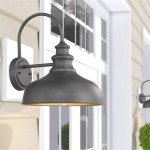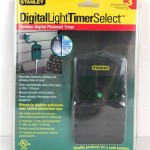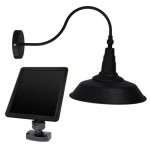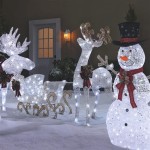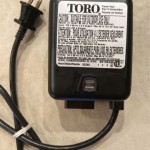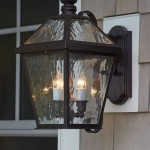Essential Aspects of Planning Outdoor Lighting
Creating an outdoor haven that's both aesthetically pleasing and functional requires careful planning of lighting. Whether you're illuminating a pathway, enhancing the ambiance of a patio, or highlighting architectural features, proper lighting can transform your outdoor space into a nighttime oasis. Here are some crucial aspects to consider when planning your outdoor lighting scheme:
Purpose and Functionality
Determine the primary purpose of the lighting, whether it's for safety, security, ambiance, or a combination thereof. Each purpose has specific lighting requirements, such as:
* Safety: Focus on illuminating pathways, stairs, and entrances to prevent trips and falls. * Security: Employ motion-activated lights to deter intruders and provide visibility for surveillance cameras. * Ambiance: Create a warm and inviting atmosphere by using soft, diffused lighting to enhance the mood.Light Sources and Fixtures
Choose the appropriate light sources and fixtures based on the intended purpose and desired effect. Consider factors like brightness, color temperature, and beam spread:
* Incandescent: Emit a warm, yellowish light but have a shorter lifespan. * Halogen: Provide brighter, whiter light and last longer than incandescent. * LED: Energy-efficient, long-lasting, and offer a variety of color temperatures. * Fixture types: Choose path lights, spotlights, uplights, or lanterns that complement the style and scale of your outdoor space.Placement and Directionality
Strategically place lights to achieve optimal illumination and highlight specific areas. Consider the following:
* Uplighting: Use fixtures to shine light upwards to accentuate trees, walls, or architectural features. * Downlighting: Direct light downwards to illuminate pathways, steps, or focal points. * Accent lighting: Employ spotlights to draw attention to specific objects or areas of interest. * Layering: Combine different lighting techniques to create layers of illumination and depth.Brightness and Color Temperature
Select lighting fixtures with appropriate brightness levels to avoid glare or inadequate illumination. Choose color temperatures that harmonize with the ambiance you wish to create:
* Warm white (2700K-3000K): Creates a cozy and inviting atmosphere. * Neutral white (3500K-4000K): Provides a natural, balanced light. * Cool white (4500K-5000K): Enhances visibility and security.Energy Efficiency and Control
Incorporate energy-efficient lighting solutions to reduce your environmental footprint and electricity costs. Utilize timers, dimmers, or motion sensors to control the lighting and minimize energy consumption.
Safety and Maintenance
Ensure all electrical installations comply with local building codes and safety regulations. Consider using weather-resistant fixtures and waterproof connections to withstand outdoor conditions. Regularly inspect and maintain the lighting system to ensure its functionality and longevity.

Landscape Lighting Design Overview

Outdoor Lighting How To Design A Garden Scheme Pt Iii

Outdoor Lighting How To Design A Garden Scheme Pt Iii

Landscape Lighting For Winter My Design42

Outdoor Lighting How To Design A Garden Scheme Pt Iii

Landscape Lighting Design Jeffrey Heid Architect

Résultats De Recherche D Images Pour Landscape Lighting Plan Outdoor Garden Design

Making A Functional Outdoor Lighting Plan Lampandlight
Hamptons Landscape Lighting Luxury Outdoor Design Installation Service

Outdoor Lighting How To Design A Garden Scheme Pt Iii
Related Posts

